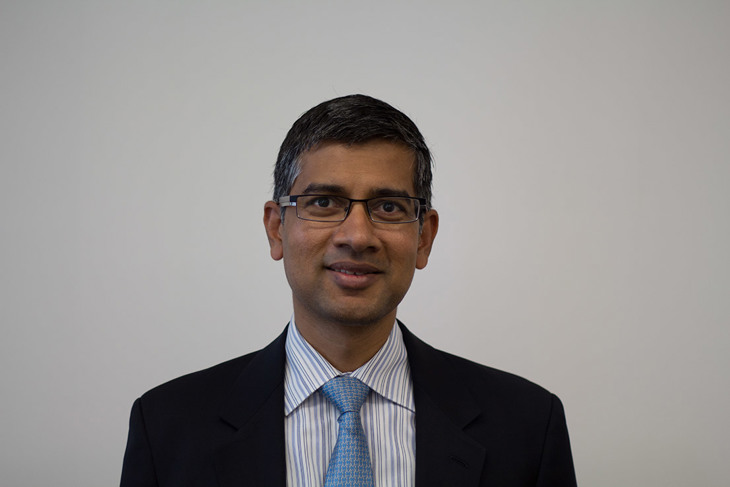 @Aviva.
@Aviva.
Ashish Dafria: The people that we are sourcing liability from are individual customers, policy holders, companies, etc., that are looking for protection savings and income.
They are facing a similarly changing environment of a negative-rate world with low yields at a time when there is heightened volatility, so the need for some of these protection saving products is that much greater.
The implication is that we should be concerned, not merely with the absolute view of a low-yield environment, but more so with the delta between whatever the liability profile is and what the investment opportunity set is.
“We don’t have the luxury of sitting on a pile of cash, nor
do we feel compelled to do this.”
Often, although not all insurance liabilities tend to be longer with less liquidity needed, which informs the way we can exploit opportunities in the investment market.
These are challenging times from an investment perspective, but nevertheless there are investment opportunities out there.
We are all making investments as we don’t have the luxury of sitting on a pile of cash, nor do we feel compelled to do this.
Ashish: To use one of the most used terms since the pandemic hit, it has been an unprecedented crisis, an unprecedented year, etc., and the policies have been unprecedented too.
From a very short-term perspective, they did provide support to the market at a time of dislocation, when it could have been quite volatile.
We viewed the crisis as an opportunity to buy credit and the policy environment clearly supported this. So, they had a very strong and efficient short- term impact.
“We viewed the crisis as an opportunity to buy credit.”
The medium-term impact is slightly harder to decipher, as this crisis has accelerated many structural shifts in the economy.
Most crises create winners and losers, but you have to consider how the policy environment will impact the pace of change, the winners and losers, and how quickly the funds will get weeded out.
What this new policy regime means from a longer- term inflation and policy outlook are still emerging questions, since the old rule books on what a sovereign fiscal balance sheet looks like, and how much leverage a sovereign can support no longer apply.
Ashish: Your view of the impact of the crisis depends on whether you see the glass as half full or half empty. Our view is that the crisis was so global, that it diminished the case for diversification.
On the other hand, the impacts of the crisis on China and South Korea with their responses have been very different and much more benign compared to many of the western countries.
“EM is a vast field, and you can’t give a monolithic view of whether
all EMs are attractive or unattractive.”
This actually increases the case for diversification and EM as an asset class. We are starting to feel more positive about it but only a little.
EM is a vast field, and you can’t give a monolithic view of whether all EMs are attractive or unattractive. You need to pick what fits your investment appetite and what makes more sense.
It ties a little bit into the policy environment discussion and if our collective view is that yields are going to be lower for longer, then EMs will probably do well in this environment.
Ashish: I view insurers primarily as liability-driven insurers, and we need to keep this in mind as we talked about with the full balance sheet approach.
The investment opportunities in yields are not what they were 5-10 years back, but neither are the yields and the liability.
We typically have long-term liabilities; hence we tend to be long-term investors with long-term, often private, illiquid investments.
“The opportunity cost of improving the credit quality of the portfolio
is the lowest it has been for several years.”
The impact of the crisis and some of the structural changes that have come about as a result, does present opportunities.
However, we are almost at a focal point of ESG-driven changes to investing, and this will shape our view as to what the long-term investment opportunities are and long-term risks that we will face.
The low, and negative-yield environment at times creates the impetus for chasing yield. As a caution against this, I would say that the opportunity cost of improving the credit quality of the portfolio is the lowest it has been for several years.
So, we tend to make sure that our investments fit squarely within our risk appetite and tied into our liability profile.